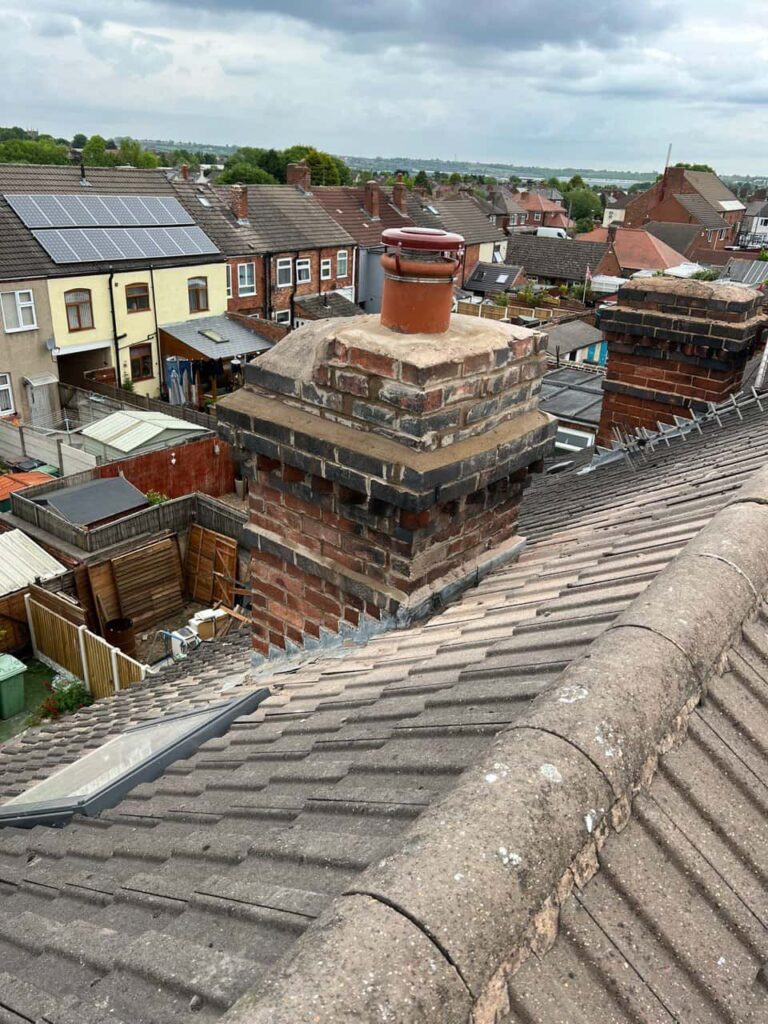Introduction
In areas exposed to strong winds, the design of your roof plays a crucial role in protecting your home. The roof’s structure, slope, and angles determine how well it can withstand heavy gusts and turbulent weather. Among the many roof designs available, the hip roof has become one of the most reliable and popular options for homeowners in windy regions.
At TRP Roofing Beverley in Beverley, East Riding of Yorkshire, we often recommend hip roofs for properties situated in open or coastal areas where wind exposure is higher. This design offers exceptional strength, stability, and performance in harsh conditions — and here’s why.
What Is a Hip Roof?
A hip roof features four sloping sides that meet at a ridge or a single point at the top, with no vertical ends (unlike gable roofs). Each side slopes downwards towards the walls, distributing weight and wind pressure evenly. This balanced design not only gives the roof a sleek, symmetrical appearance but also improves its resistance to external forces such as wind and rain.
1. Exceptional Wind Resistance
The primary advantage of a hip roof is its aerodynamic shape. Because all four sides are sloped, there are no flat or vertical surfaces for the wind to catch onto. This design allows wind to flow smoothly over the roof, significantly reducing uplift pressure and the likelihood of structural damage.
For homeowners in Beverley and surrounding areas prone to strong winds, this can make a major difference in long-term durability and peace of mind.
2. Greater Structural Stability
Hip roofs are inherently more stable than gable or flat roofs due to their inward slope and four-sided support. Each plane of the roof braces against the others, providing better overall strength. This interconnected structure helps resist lateral wind forces that could otherwise cause flexing or lifting.
At TRP Roofing Beverley, we’ve seen many homeowners choose hip roofs specifically for their superior balance and resilience against unpredictable weather.
3. Even Weight Distribution
Another key benefit of hip roofs is their even load distribution. Because the roof slopes on all sides, both weight and stress are spread evenly across the supporting walls and rafters.
This design not only enhances wind resistance but also helps manage the weight of rainwater or snow, preventing pressure from accumulating on any single section of the roof.
4. Improved Drainage Performance
The sloping design of a hip roof naturally promotes efficient water drainage. During heavy rain or storms, water runs quickly off all sides, minimising the risk of pooling and leaks.
This makes hip roofs ideal for properties in regions where rainfall is frequent, as well as those exposed to coastal weather conditions where wind-driven rain can cause persistent damp issues.
5. Enhanced Durability and Longevity
The strong, self-reinforcing structure of a hip roof makes it less susceptible to wear and tear over time. Because the load is evenly distributed and the surfaces are sloped, the materials experience less stress and movement during harsh weather.
At TRP Roofing Beverley, we often find that homeowners with well-constructed hip roofs enjoy fewer maintenance concerns compared to those with more angular or open designs.
6. Better Insulation and Energy Efficiency
Hip roofs can improve thermal performance thanks to their enclosed structure. The balanced design reduces drafts and provides consistent air circulation within the loft space. This helps maintain stable indoor temperatures and reduces the strain on your heating system, especially in exposed areas where cold winds are common.
The additional roof space can also be used to enhance insulation layers, further improving energy efficiency and comfort throughout the home.
7. Aesthetic Appeal and Property Value
While the practical benefits of a hip roof are clear, it’s worth noting that they also add a touch of elegance to a property. The symmetrical lines and sleek finish complement both traditional and modern homes, giving them a refined and well-proportioned appearance.
A properly constructed hip roof by TRP Roofing Beverley can therefore enhance not just the durability but also the visual and market appeal of your home in Beverley and the surrounding East Riding area.
Why Choose TRP Roofing Beverley for Hip Roof Installation
A hip roof’s performance depends greatly on precision design and professional installation. At TRP Roofing Beverley, our team ensures every aspect — from pitch angle to structural reinforcement — is handled with care and expertise. We use quality materials suited for local weather conditions to deliver roofs that are built to last, even in the most challenging winds.
Whether you’re planning a new build, an extension, or a roof replacement, choosing a hip roof is a wise investment for long-term protection and value.
Conclusion
In windy climates, a hip roof provides a perfect balance of strength, stability, and visual appeal. Its aerodynamic structure, even load distribution, and excellent drainage make it one of the most durable and reliable roofing designs available.
For homeowners in Beverley and across East Riding of Yorkshire, TRP Roofing Beverley offers professional roofing solutions tailored to withstand the local climate. Investing in a well-built hip roof today ensures your home remains secure, comfortable, and attractive for years to come.
Call us on: 01482 429 199
Click here to find out more about TRP Roofing Beverley
Click here to complete our contact form and see how we can help with your roofing needs.

